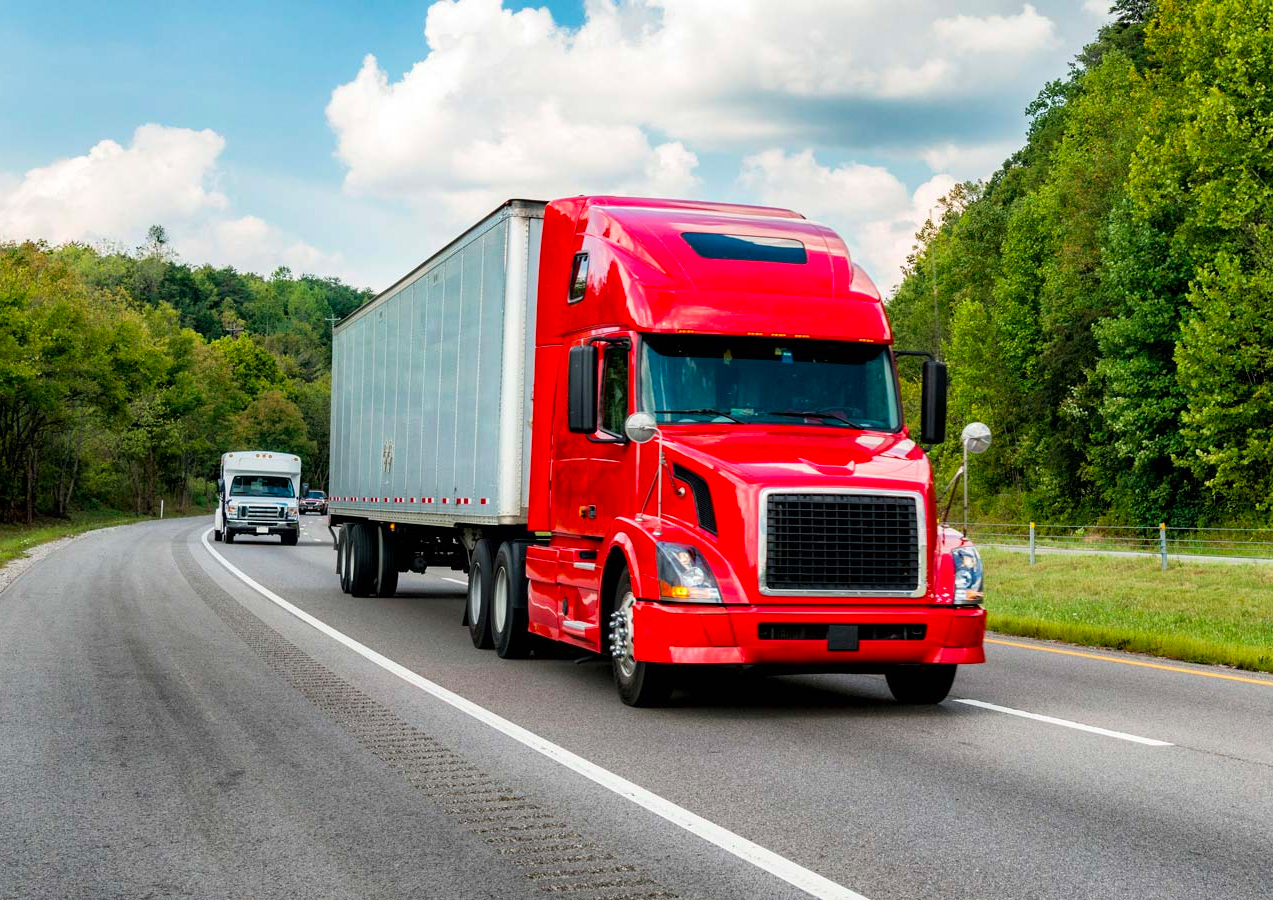Moving between states isn’t just a matter of distance; it involves choosing the right transport partners.
Whether you’re moving a small apartment or relocating an entire home, this guide will help you navigate the process confidently.
By the end, you’ll know the key steps and insider tips to make your interstate move successful and stress-free.
What Makes Interstate Moving Unique?
When you cross state lines, your move falls under federal regulations, typically overseen by the FMCSA (Federal Motor copyright Safety Administration).
You also need to account for different transport rules in each state.
Understanding the scope of an interstate move prepares you to budget more accurately, manage your time better, and set realistic expectations for delivery and setup.
Finding the Perfect Cross-State Moving Partner
Selecting the right interstate moving company is crucial for a successful relocation. Start by checking for proper licenses and insurance—legitimate companies must have a USDOT number issued by the Department of Transportation.
Ask about additional fees such as fuel surcharges, long carry charges, or storage if needed.
Taking time to vet your moving company can save you stress, money, and avoidable delays.
Understanding Interstate Moving Price Calculations
Another key factor is the weight or volume of your shipment; heavy or bulky loads increase both transport and handling fees.
For long-distance moves, some companies offer flat rates, while others charge per pound or cubic foot. Make sure you understand the pricing model before signing.
For example, if your home requires movers to carry boxes up multiple flights of stairs, or if truck access is limited by narrow roads or urban restrictions, extra fees may apply.

Effective Planning for Moving Between States
Early preparation gives you enough time to handle unexpected challenges calmly.
Create a detailed list of what you’re moving, noting valuable or fragile items.
Finally, prepare an essentials kit for the days surrounding your move.
How to Choose the Best Type of Interstate Service
Not all interstate moving services are the same, and understanding your options helps you choose wisely.
Container services (like PODS) offer flexibility: you load the container yourself, and the company transports it across state lines.
When comparing services, consider your priorities: Do you value convenience or budget?

How to Prevent Problems During an Interstate Move
Many people wait too long to book movers, only to find limited availability or higher rates.
Another common pitfall is failing to check mover credentials.
Using cheap boxes, skipping labels, or failing to protect fragile items increases the risk of breakage.
Tips for Saving Money on Interstate Moving
To Mudanças Jundiaí cut costs on interstate moving, start by downsizing.
Don’t settle for the first estimate; gather at least three and negotiate if possible.
Lastly, consider doing part of the work yourself.
Final Thoughts on Moving Between States
From selecting a mover to managing costs, each choice shapes the outcome of your move.
Remember: the best moving experience combines preparation, trusted professionals, and flexibility to handle surprises.
With the right mindset and resources, moving to another state can be a smooth and rewarding transition.
Your Interstate Moving Questions Answered
What’s the cheapest way to move between states?
You can also pack and load yourself to cut labor costs while hiring movers only for transport.
How early should I book an interstate moving company?
It’s best to book movers at least 6–8 weeks in advance, especially during busy seasons.
Are there things I can’t include in an interstate move?
Properly disposing or transporting restricted items yourself avoids legal and safety issues.
How is interstate moving insurance calculated?
Most interstate movers include basic valuation coverage by law, but it’s minimal.
How do I know where my shipment is?
Staying informed reduces anxiety and helps you plan for delivery day.